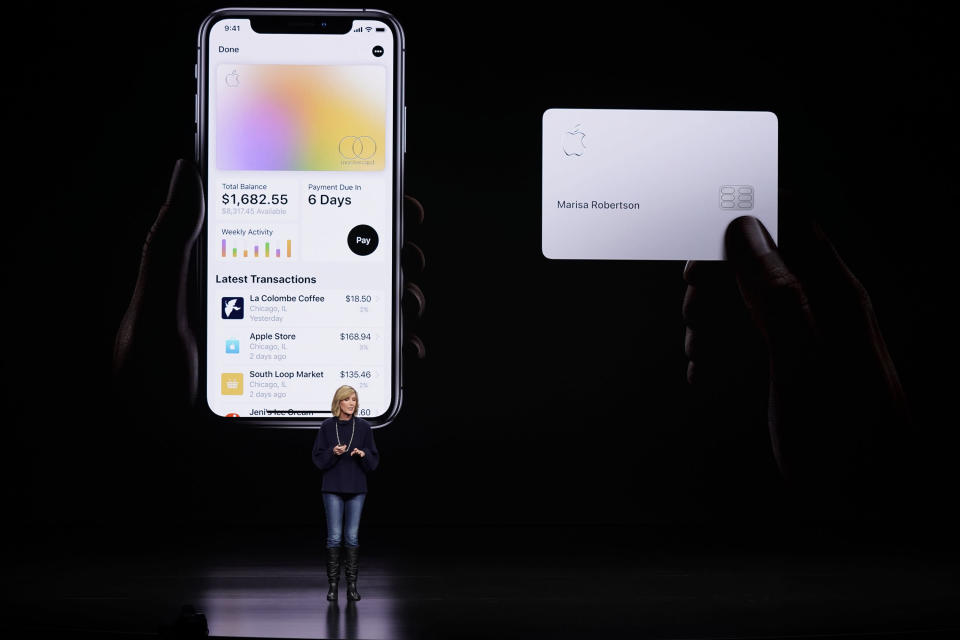How the brand-new Apple card compares to other credit cards
In our money mailbag this week, a viewer asks:
“How does the Apple Card compare to other cash back cards out there?”
On Monday, Apple unveiled the Apple Card, which the tech giant claims will “transform the entire credit card experience” by giving customers cash back, privacy, and no fees.
But is the Apple Card right for you? First of all, to even apply for the Apple Card, you need an iPhone — all other mobile phone users are out of luck. It’s an interesting business move for Apple, since their phone market share has seen a decrease.
“Because this card is so integrated with Apple Pay, you need to be an iPhone user to maximize your benefits. That sounds obvious, but at a time when Apple’s phone market share is declining (from 18% in Q4 2017 to 16% in Q4 2018), it’s a bit surprising to see Apple doubling down here,” said Ted Rossman, industry analyst at CreditCards.com. “By contrast, you don’t need to use Uber to get high-end cash back from the Uber Visa Card (notably: 4% at restaurants). Apple could have made a similar push for a broader customer base but did not.”

To get the most out of the Apple Card, you’ll need to use the tap and pay feature on Apple Pay, which gets you 2% cash back. But only about 65% of U.S. retailers support Apple Pay. The alternative, swiping the titanium card, only gets you 1% cash back.
It does offer you “daily” cash back, which is a tad better than getting cash back after a monthly billing cycle. However, most credit card users are not looking to redeem daily. “The fact that Apple is even highlighting this feature kind of emphasizes that the card isn’t all that exciting overall,” says WalletHub CEO Odysseas Papadimitriou.
That 1% to 2% cash back is pretty average. If you’re looking to get the biggest bang for your cash back buck, you’re better off selecting a card that has rewards tailored to your shopping habits. Many cards offer up to 5% cash back on things like dining and entertainment, groceries, or gas.
Then there are the fees. Apple’s new card touts no annual fee, but 40% of cards have no annual fee, according to WalletHub.
What is competitive about the Apple card is that it got rid of late payment fees — which is rare. Those late fees — which can go up to $28 for the first time and $39 for subsequent late payments — can add up if you’re frequently behind on payments. And if you’re struggling with debt, the Apple card’s budgeting tool is a neat feature to help keep you on track as most other cash back cards don’t offer this.
On the other hand, no late fees could encourage some cardholders to carry a balance. The Apple Card offers variable APRs in the range of 13.24% to 24.24% based on credit worthiness. Apple referred to the rates as “low,” but the average APR in 2018 was 14.22% so what Apple offers isn’t actually much better.
Follow Jeanie on Twitter.
WATCH MORE:
The art of the follow-up email: When to send it and what to say

 Yahoo Finance
Yahoo Finance 
